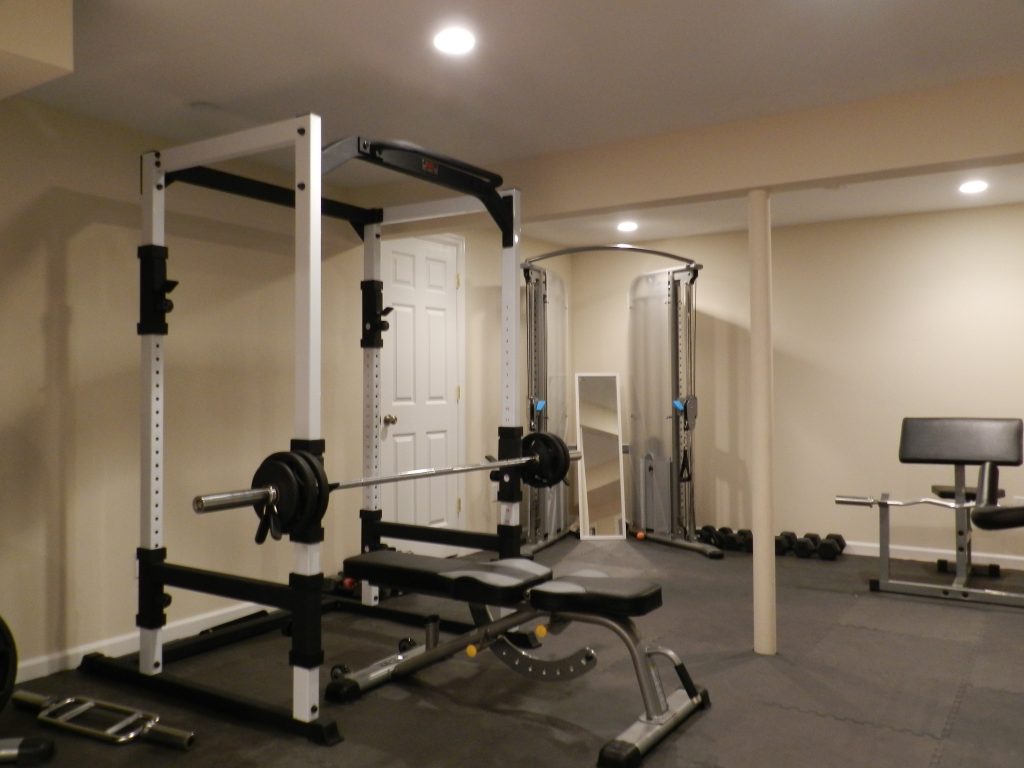Since the early times, people have praised metal for properties they couldn’t get from natural materials. But actually, metal is much closer to nature than many people think. The iron ore comes from the depths of the earth, so it shouldn’t come as a surprise that metal feels in our gardens like at home. Still, as a man-made material, metal is more susceptible to elements than other materials used in landscaping. Its arch-nemesis is rust – so homeowners need to intervene from time to time to keep metal features like fences, furniture, posts, taps, gates, rails, and grates in a mint condition.
Coating vs. painting
Rainfall and unsteady temperature always conspire to chip away the metal coating. Once the protective layer is damaged, rust is never far behind. One way to avoid it is to choose the most suitable metal for the intended use. Products with baked-on enamel or powder-coated surfaces will last long, without any special maintenance. On the other hand, varnished metal or surfaces protected with regular paint are prone to peeling, flaking, and chipping. Metals with superior coatings are expensive, but their longevity definitely justifies the initial cost.
Debris attracts moisture
With its intricate details, metal patio furniture is particularly exposed to a risk of decay. However, a few simple routines can make it last many years. The first defence against rust is cleanliness. At least twice a year, let’s say in spring and autumn, give your patio set a good scrub. Stir some liquid detergent in a bucket of warm water and use a sponge to remove dust and debris that attract moisture. Use an old toothbrush to reach hidden areas. When you are done, rinse away the detergent with a garden hose and leave the pieces to air-dry in the sun.
Physical protection
As mentioned above, it is the coating that safeguards metal from rusting. Careless handling can make two metal surfaces clink and cause chipping on one or both pieces. Whenever you need to move metal furniture, lift the pieces from the ground instead of dragging them. When the time comes to pack your outdoor furniture inside, make sure you protect the pieces with old towels or bed sheets to prevent them from scraping against each other.
Quick and effective solution
Still, even if you take all precautions, no one can guarantee that rust won’t develop over time. Although seemingly a small problem at first, it can get more serious if left unattended. Once you spot a small patch of rust, clean the area as described above and stop the corrosion in its tracks by using a quality rust converter. These products interact with iron oxide, converting it into an adherent black layer that is moisture-resistant and provides an excellent surface for latex and enamel paints.
Highly damaged surfaces
In cases of more extensive damage and negligence, you may need to refinish the metal – a task that demands more time and effort. Before you can start refinishing, you need to get to the bare metal surface. Using a wire brush or a special wire wheel drill attachment, scrape away the old coating. Take care not to damage crevices and folds that may be a part of the design. After you have removed the coating, wipe down the dust with a damp cloth and let everything dry before you apply the primer and metal paint.
The majority of homeowners regularly tend to their lawns and shrubs, trimming and clipping to add appeal to their gardens, but only a few pay the same attention to metal elements in their yards. With rust, prevention is the best protection, but when the surface layer is already damaged, quality anti-corrosion products can save the day.















